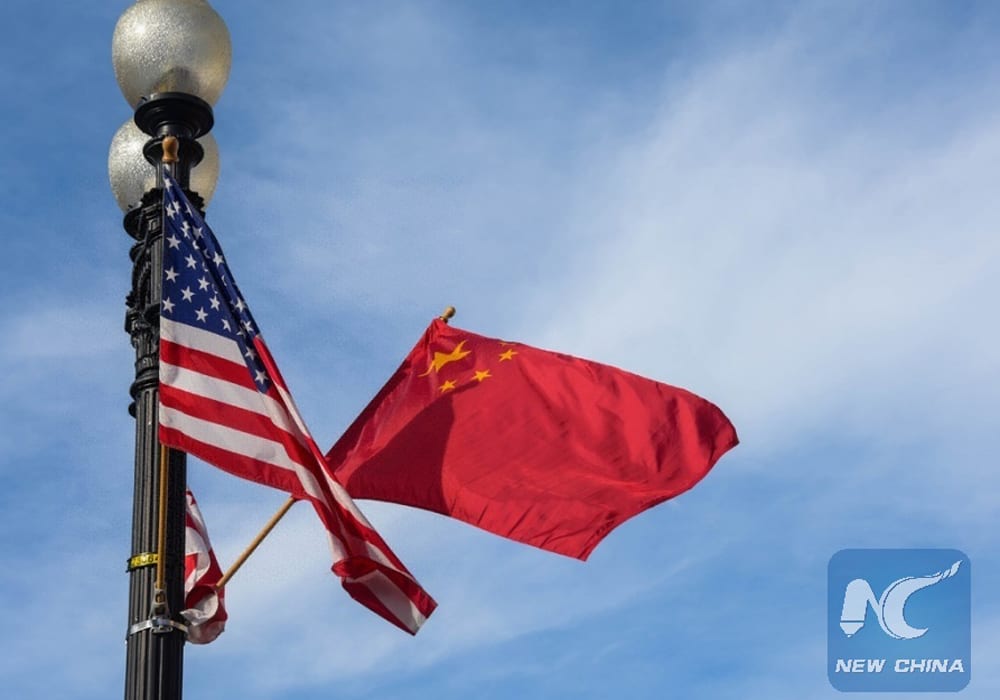Chicago soybean and corn markets are expected to remain volatile over the next few days, ahead of the G20 Summit in Argentina said one commodities expert. That volatility is fueled by the much talked about meeting between United States President Donald Trump and Chinese President Xi Jinping scheduled for Saturday, Dec. 1.
“What is going to be said will alter these markets next week. What is said and not said,” commented Steve Georgy, president of Allendale Inc. in Chicago, Ill.
It is unknown what will come out of the sit-down between Trump and Xi, and how it will affect the ongoing trade war between the world’s two largest economies.
Read Also

Saskatchewan dairy farm breeds international champion
A Saskatchewan bred cow made history at the 2025 World Dairy Expo in Madison, Wisconsin, when she was named grand champion in the five-year-old Holstein class.
“Things are higher as far as the Chicago Board of Trade prices. The grain markets are up,” said Georgy.
Should there be a trade deal between the U.S. and China, Georgy said it then depends if the deal has a positive tone including how the media spins it.
“Usually December is very tough for United States soybeans. We usually see a decline in the month of December. If we get some positive talk, the optimism may drag us higher.”
Georgy noted Brazil got an early start to planting its soybean crop, aided by good weather conditions. Expectations are for a record amount of soybean acres in the South American country this season.
During the U.S./China trade war Brazil superseded the U.S. as China’s main source for soybeans acquired overseas.
“They’re excited about it as a lot of the sales from China haven’t been to the U.S. it’s all been to Brazil. They’re looking for that to continue,” Georgy said, adding that China is booked up to February for soybean exports. By that time there will be a good idea as to how well the Brazilian crop will do.
“So can Brazil continue to export at the pace they’re on, or if they have some problems or hiccups, (China) may have to come to the U.S. no matter a trade deal or not,” he said.
Meanwhile in Argentina, corn planting also got an early start and Georgy is expecting producers there will increase their acres. However that hasn’t affected the U.S. market, which he called “stagnant and stale.”
“There’s nothing really to push it right now,” Georgy said, adding the U.S. Department of Agriculture stated exports are on track with ending stocks projected at a 1.71 billion tonne carryout.
“It’s tighter than it’s been, but not tight enough to be concerned.”















